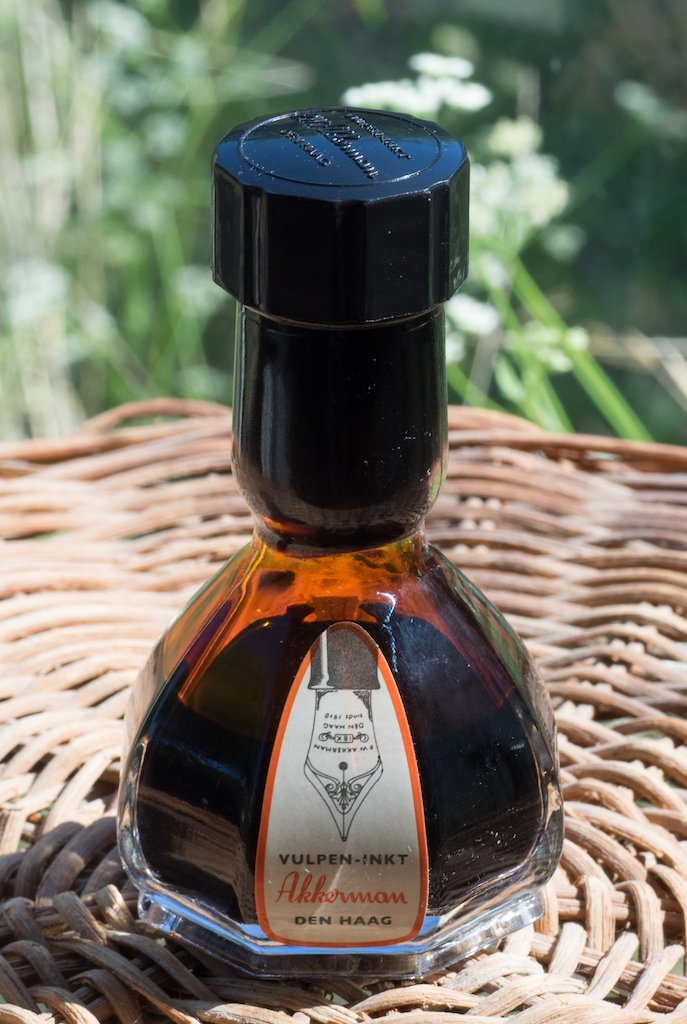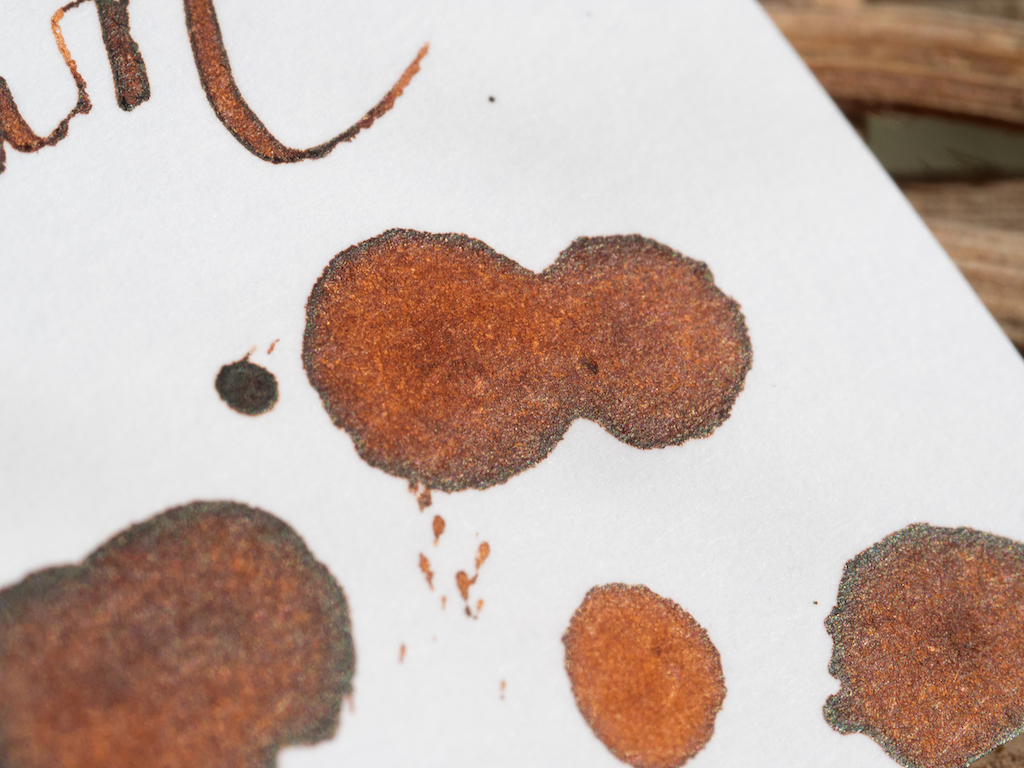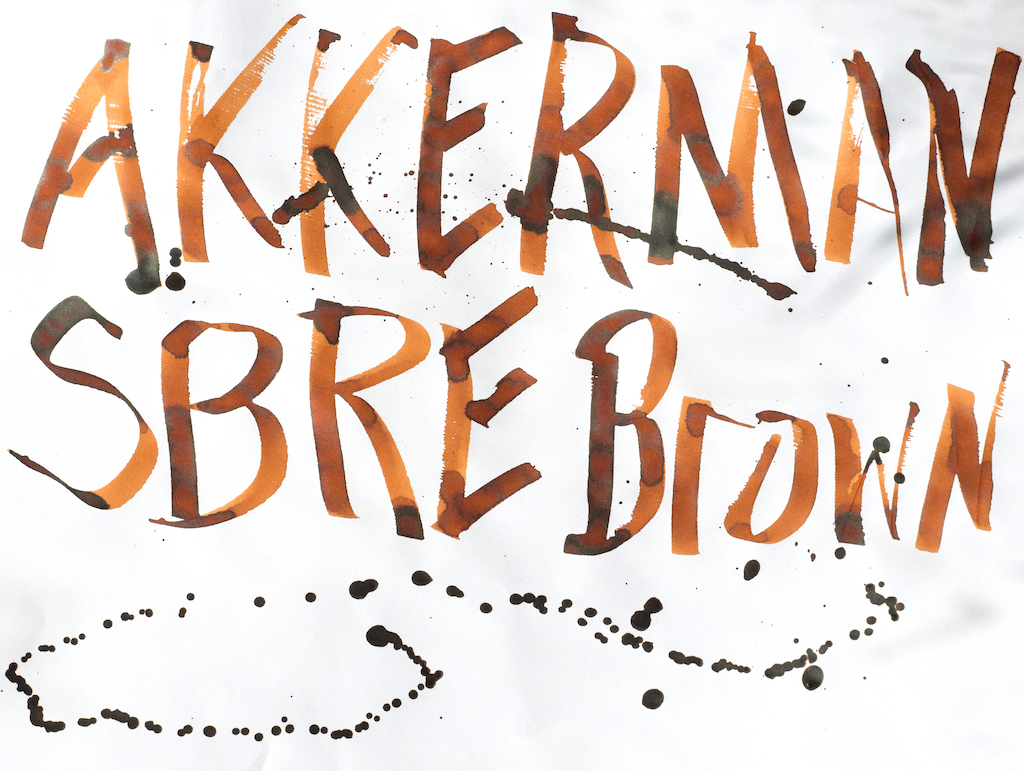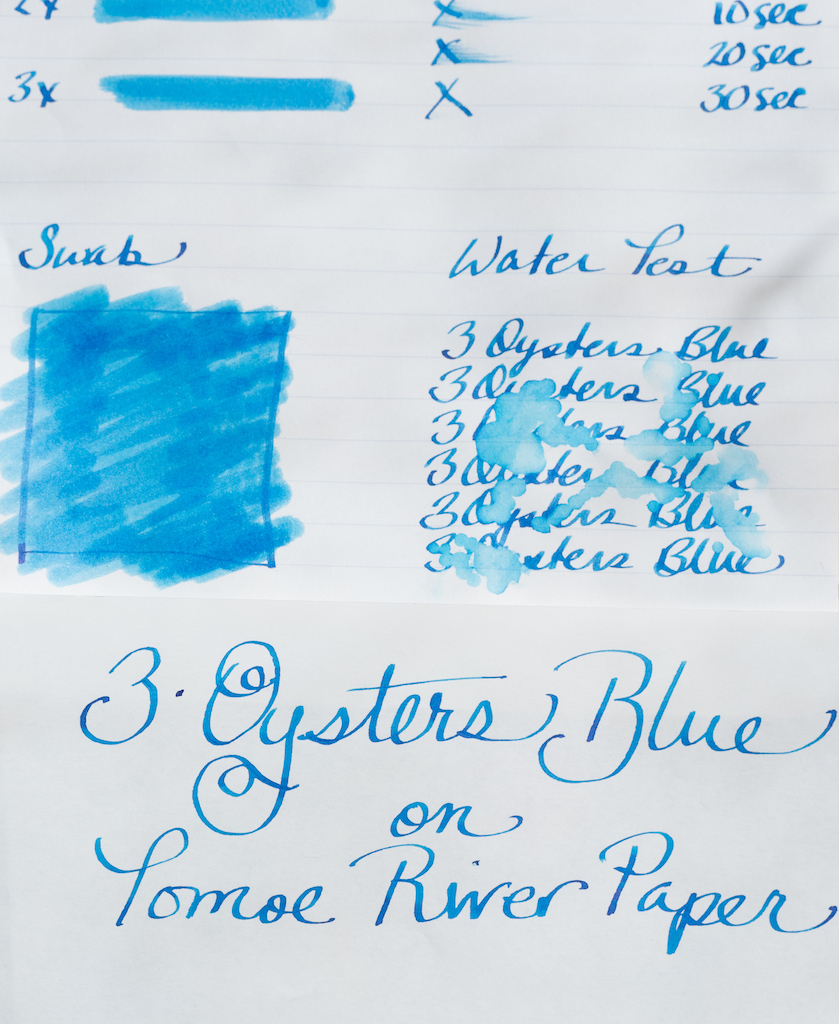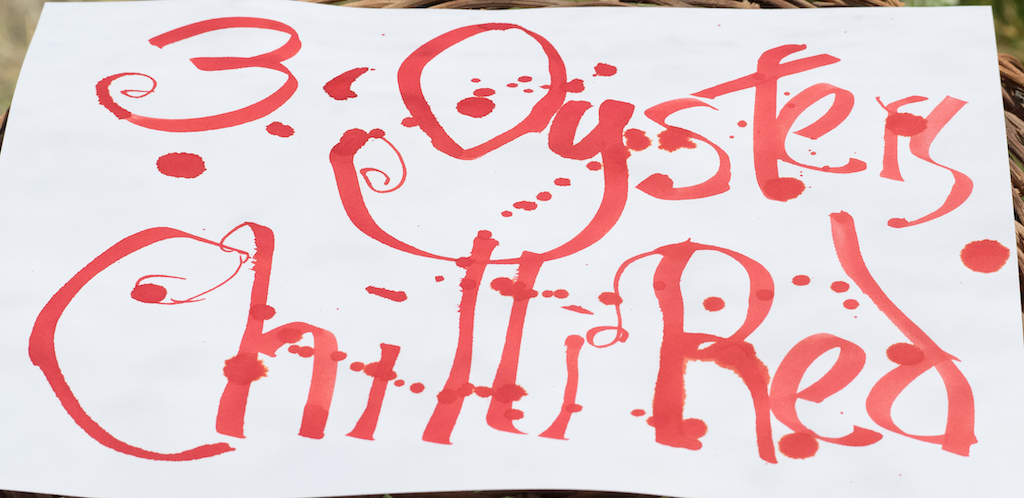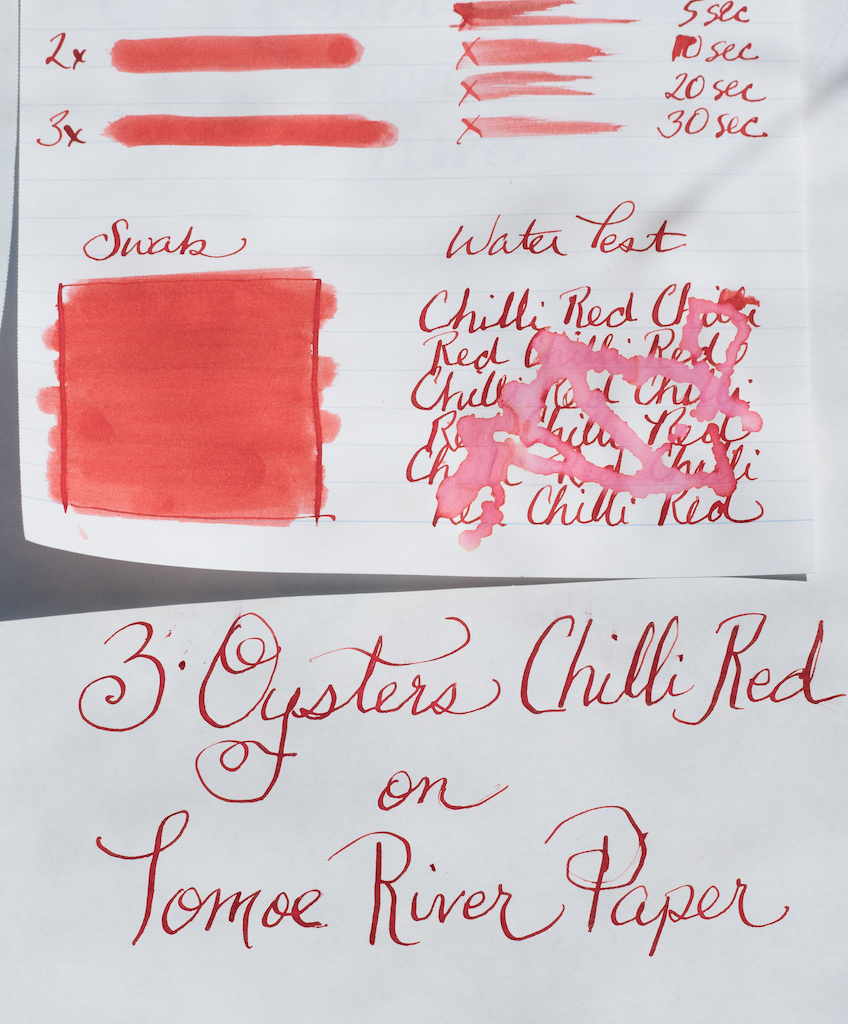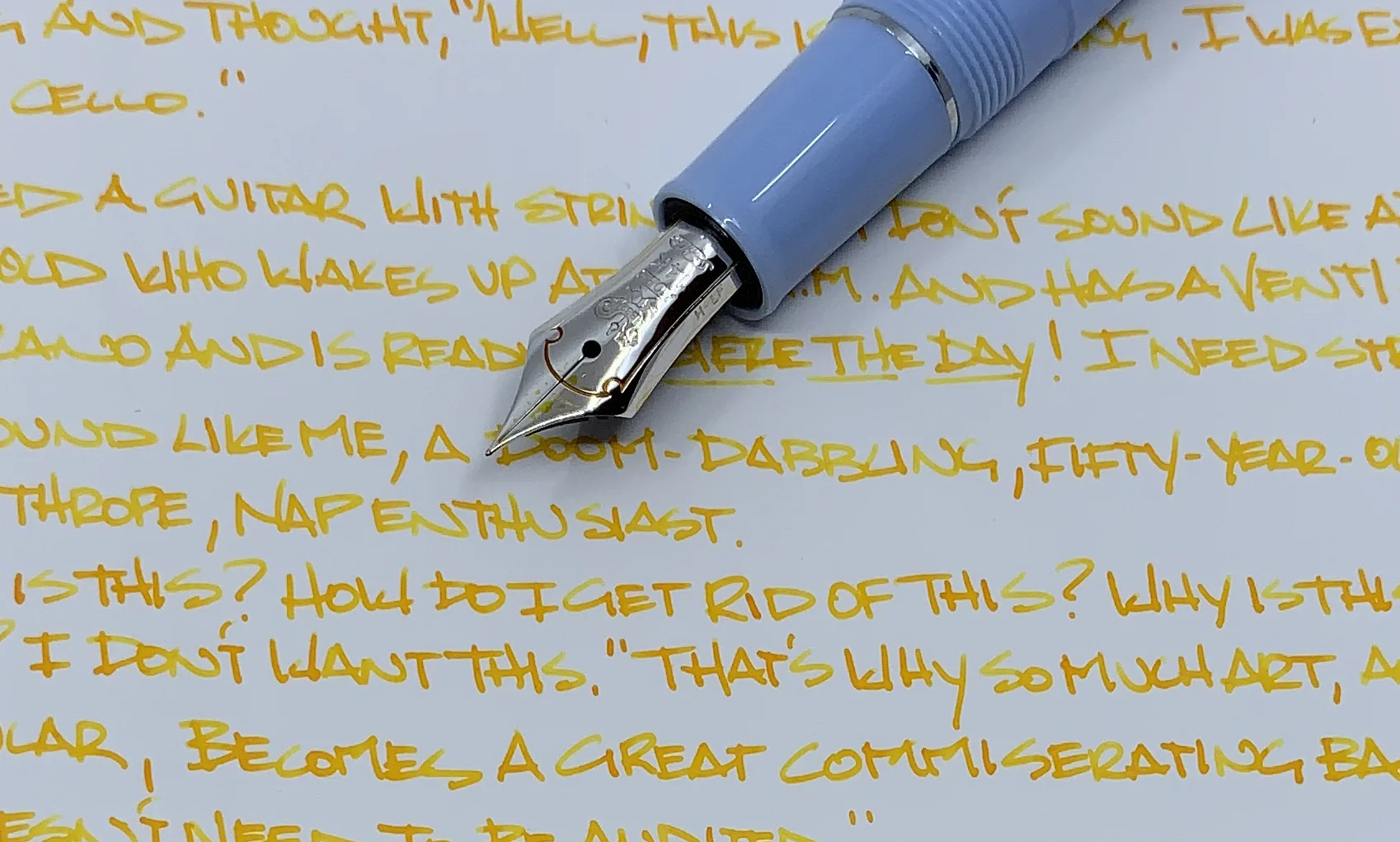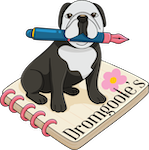(Susan M. Pigott is a fountain pen collector, pen and paperholic, photographer, and professor. You can find more from Susan on her blog Scribalishess.)
Oh, how I adore brown inks. I’m not sure why. Maybe it’s because they remind me of chocolate and horses and fall (my favorite season). Maybe it’s because there are so many luscious shades that make me think of the browns, tans, and red dirt colors of New Mexico, my homeland. I honestly don’t think of myself as a brown ink sort of person, but when I find a brown I love, it’s what goes in my Nakaya Naka-ai Heki-Tamenuri or my Franklin-Christoph Coco and Creme or Autumn Oak pens.
I also love me P.W. Akkerman inks (though SBRE Brown is actually made by Diamine). Not only are the inks absolutely amazing (Shocking Blue, for example) but the bottles--oh, my, the bottles! Why can’t all inks come in bottles that look like a genie could emerge if you rubbed the top? Plus, the Akkerman bottles have a really cool system for drawing the ink into the bottle stem with a glass marble. Dutch engineering is awesome-sauce.
SBRE Brown Ink is, of course, named for Stephen BRE Brown, a well known ink aficionado with a popular YouTube video series. He discusses the ink in its current Akkerman Dutch Masters Bottle format here.
Akkerman SBRE Brown is a gorgeous brown that leans toward the orange spectrum. It is rich and wet with lots of shading and a bit of sheen.
As you can see in my ink test (on Maruman Septcouleur paper), the ink shades nicely even in a medium stub nib. The swab shows the richness of the color. It is not waterproof.
The chromatography test confirms that the ink contains mostly tan and orange colors.
In a super wide nib (I used my Handwritmic Pen), the ink shades beautifully and pools with lovely brown sheen.
Akkerman SBRE Brown fills a niche in my brown ink collection. It is unlike any of my other browns, as you can see in this comparison on Col-o-dex cards.
Akkerman inks are not cheap. You are paying a premium for the amount of (ink 60ml) and the heavy glass bottle. I think it’s totally worth it, as these inks are stellar in quality and color. Shocking Blue remains one of my all-time favorite inks. SBRE Brown is now my first choice for any of my brown pens.
You can purchase Akkerman SBRE Brown ink from Vanness Pens for $32.00.
(This ink was purchased from Vanness Pens with a reviewer’s discount.)
Enjoy reading The Pen Addict? Then consider becoming a member to receive additional weekly content, giveaways, and discounts in The Pen Addict shop. Plus, you support me and the site directly, for which I am very grateful.
Membership starts at just $5/month, with a discounted annual option available. To find out more about membership click here and join us!

